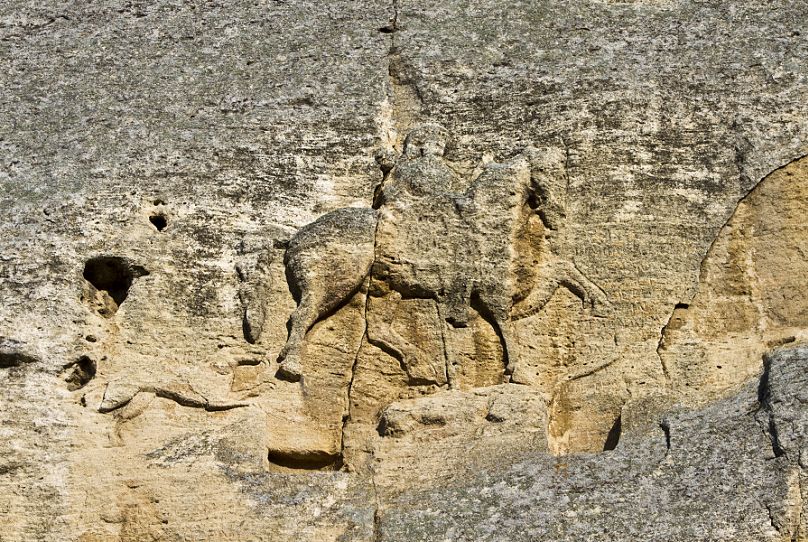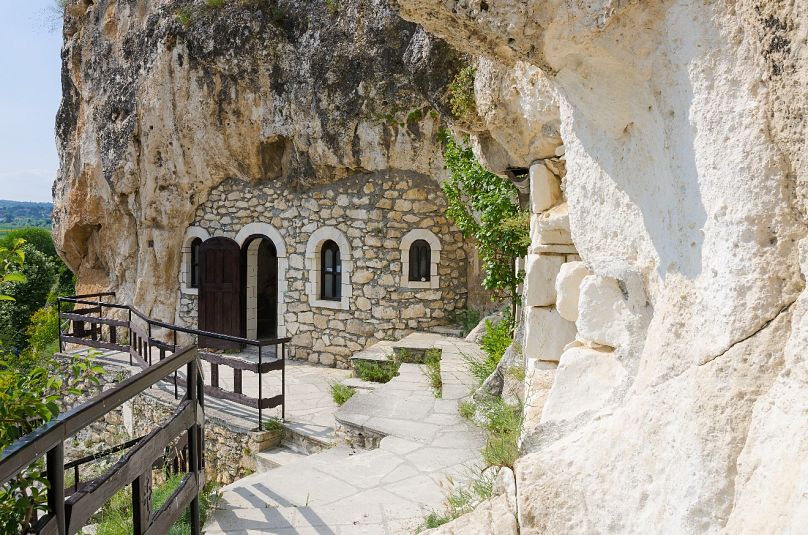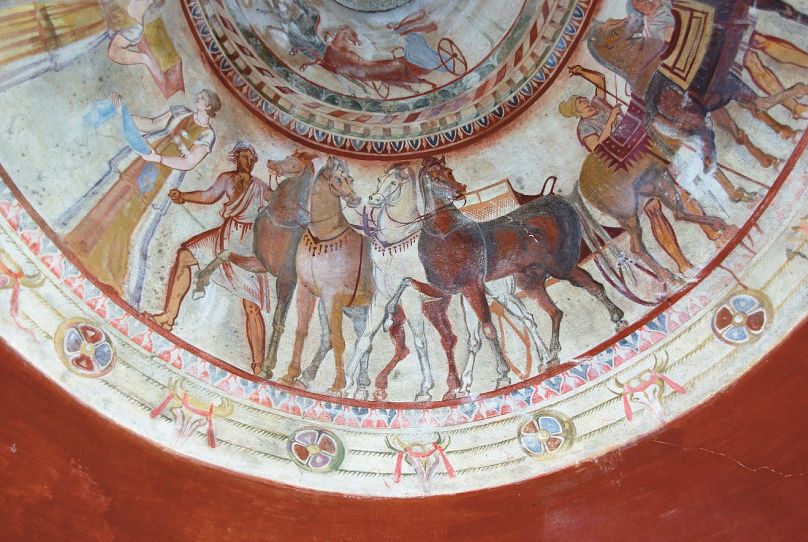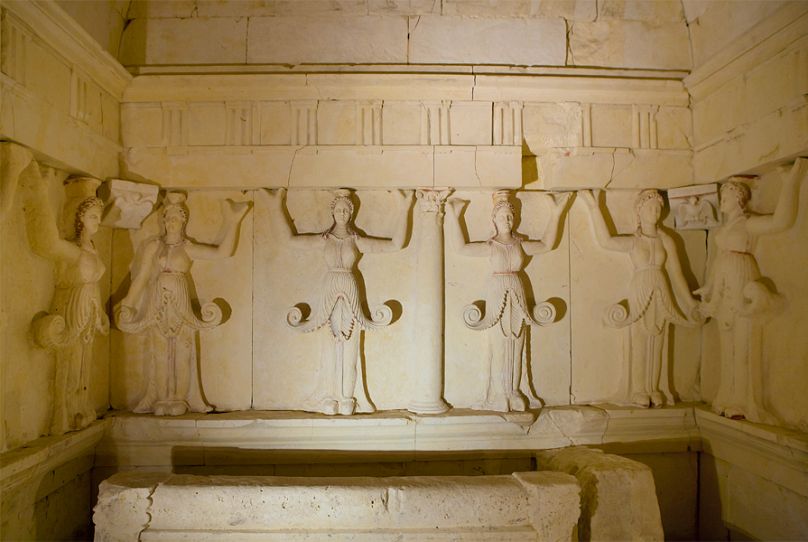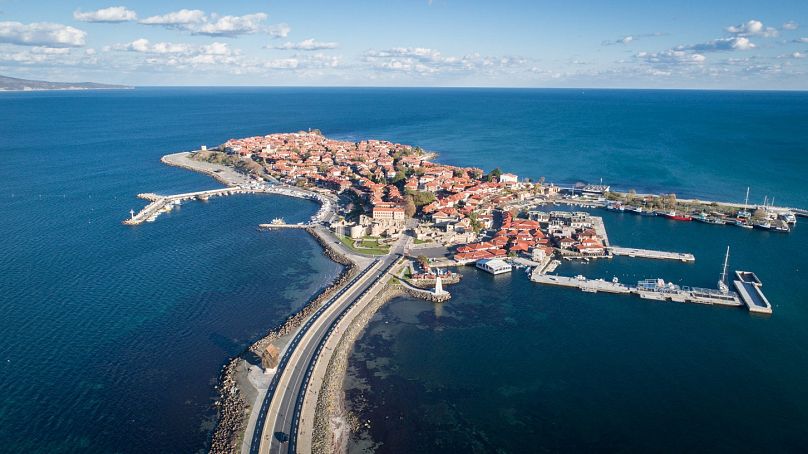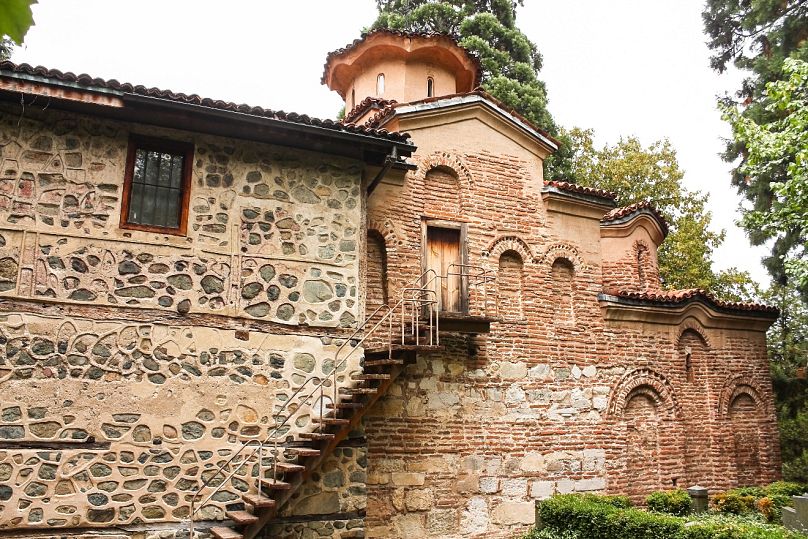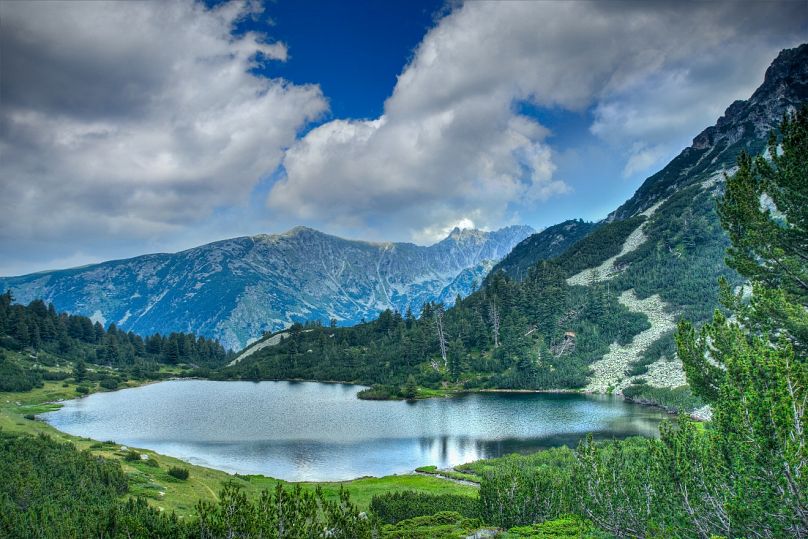If Bulgaria's natural beauty is one of Europe's best-kept secrets, its strategic location between East and West has also placed it at the crossroads of many intersecting civilizations over thousands of years—and that has endowed the country with a truly exhilarating array of cultural treasures. In fact, there are ten UNESCO-listed World Heritage Sites in Bulgaria—seven cultural and three natural. The country's rich traditions give it a remarkable Intangible Cultural Heritage as well. For travelers on the move in Bulgaria, ancient monasteries of mystical calm await discovery as do mysterious Thracian tombs, misty forests of ancient beech and more.
The timeless celebration of the Bulgarian spirit resonates at the ornate Rila Monastery—the country's largest monastery—in the serene Rila river valley south of Sofia. While the original monastic complex founded in the tenth century by the hermit St. John of Rila was destroyed by fire, the present one was completed in 1862 with expert craftsmanship and is considered to be a paragon of the Bulgarian Renaissance. Rila Monastery is closely bound to the spiritual and social life of Bulgaria. Not only did it help to impart Slavic values in the land over time, but during the period of Ottoman rule from 1400 to 1878 the Eastern Orthodox monastery was influential in guiding the artistic heritage of all the Christian nations that were under Ottoman domination. The surrounding hills are often shrouded in mist, making your monastery visit even more atmospheric.
The Madara Rider is a unique rock-cut depiction of a knight on horseback vanquishing a lion, high on a 100-meter high cliff in Bulgaria's emerald green northeast. It is located near village of Madara, the spiritual center of Bulgaria's First Kingdom. This stone relief horseman was carved into the solid rock in the eighth century at the dawn of the Bulgarian state. Inscriptions tell of events during the reigns of some of the Great Khans, or rulers, or Bulgaria including Tervel and Omurtag. The only monument of its kind in Europe, the Madara Rider is now one of the symbols of Bulgaria and a great place to take a selfie with some genuine culture power!
You'll be wowed by the interplay of art and landscape at the intriguing Rock-hewn Churches of Ivanovo, world heritage gems nestled in a quiet valley of the Rusenki Lom, a tributary of the River Danube in the northeastern part of the country. This secluded group of five chapels, churches and monasteries was cut into natural rock formations along the waterway in the 13th and especially 14th centuries, a time which preceded Bulgaria's conquest by the Ottoman Empire. The ethereal and exceptionally well-preserved frescoes of the churches are a pinnacle of Bulgarian medieval artistry and in their expressiveness reflect a departure from classic Byzantine iconography. In fact the preference for the nude and emotionally rendered landscapes reveal a more Hellenistic sensitivity, a hallmark of the medieval Tarnovo school of painting.
You will feel a bit like Indiana Jones as you go exploring Bulgaria's very own "Valley of Kings," south of the Stara Planina Mountains. Here and on the Danubian plain the Thracians, an ancient people first mentioned in Homer's Iliad, coalesced around 1200 B.C, forming one of the three ancestral groups of modern Bulgarians. They were fierce warriors with a zest for living, often blue-eyed and red-haired. Two Thracian tomb sites are on the UNESCO World Heritage List, both tholos or "beehive" style domed tombs covered by mounds of earth, or tumuli. The Thracian Tomb of Kazanlak dates from the end of the 4th century BC and is located near Seutopolis, from where the Thracian king Seutes III—a rival of Alexander the Great—ruled. Passing through the narrow stone corridor feels like entering a time machine that takes you to the colorful, lifelike frescoes inside the round royal burial chamber, a high point of funerary art from Bulgaria's Hellenistic age.
The third-century BC Thracian Tomb of Sveshtari is part of the Sborianovo archaeological preserve, and you enter it by literally walking into the hillside. The showstopper here is the group of ten female caryatid figures carved in stone relief on the walls of the central chamber—a rare evocation of a sub-tribe of Thacians known as the Getae. They are part human, part botanical and retain their original blue, red and lilac shades: a mesmerizing scene of mourners frozen in a hypnotic ritual dance that transcends time.
The Ancient City of Nessebar is a lively seaside town invitingly located on a rocky, 850-meter long peninsula that juts into the Black Sea. Ruins of Byzantine-era thermal baths mix with an array of fine shops and restaurants (and plenty of delightful sea views) to give Nessebar a youthful energy, making it a fun place to explore for visitors of any age. Its story is a long one, beginning as a Thracian settlement called Mesembria, and some of the eighth-century BC fortifications remain. With Burgas to the south and Sunny Beach just north, Nessebar makes for a great historical interlude. The Archaeological Museum, at the start of the peninsula, is a popular spot to begin your visit before taking a leisurely stroll around the town. Many of the winding lanes are lined with the original 19th-century wooden houses and preserved Bulgarian Renaissance buildings. A visit to Nessebar is a colorful journey into the past with cultural surprises and sea breezes at every turn.
Expect to be dazzled by the vibrant frescoes inside the UNESCO-listed Boyana Church, on the outskirts of the Bulgarian capital, Sofia. There are three different sections to this two-story medieval Bulgarian Orthodox church, of which the east wing dates from the tenth century making it the oldest. It is also inside this most ancient section where you will find the masterpiece frescoes that were painted in 1259 and comprise one of the world's most important collections of medieval paintings. These expertly proportioned murals are interpretations of the Byzantine canon of Eastern Orthodox Christianity, but include images of Bulgarian kings and queens as well as Jesus and Mary. This is a harmonious testament to both faith and artistic acumen that subtly anticipated the Renaissance.
Pristine forest lands form an integral part of the Central Balkan National Park, whose altitude ranges from 550 meters to Botev Peak, near the geographic center of the country and which at 2,376 meters is the highest summit of the Balkan Mountains. Nearly a third of this vast park consists of nature reserves, which encompass great biodiversity and all of which are graced with the ancient beech trees that come under UNESCO designation as a Primeval Beech Forests World Heritage Site.
The UNESCO-listed Srebarna Nature Reserve is a freshwater lake and biosphere on the west bank of the Danube that provides critical habitat for 173 species of birds, including the purple heron, glossy ibis and Bulgaria's sole colony of Dalmatian pelicans. Migratory birds can be observed from the surrounding hills. In the southwest part of the country, Pirin National Park is where you'll find the Baykusheva fir, which at 1,300 years is the oldest tree in Bulgaria. But this rugged wonderland, replete with lush alpine meadows, natural waterfalls and an astounding 118 glacial lakes, keeps ardent hikers of all ages recharged and in perennial awe of nature's majesty, Bulgarian style.


